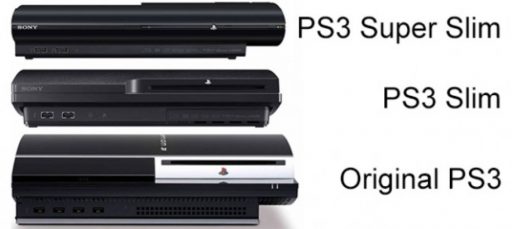Content Table:
PS3: What’s the New Console on the Block Going to Be Worth?
Originally scheduled for release in March 2006, the launch of the PlayStation 3 (PS3) was delayed until November to work out some issues related to the new Blu-ray technology. Despite the delay, the PS3 became one of the most anticipated gaming consoles in years, promising a system that would outshine its competitors. However, gamers and consumers have heard similar promises before with other consoles (remember Sega CD or the Dreamcast?). So, what is true and what is just hype? Is the PlayStation 3 truly going to be worth all the buzz (and the rumored high price), or will it be a letdown?
The Promise of the PS3
Based on early showings at gaming conventions, the PlayStation 3 appeared to be one of the most promising systems ever released. The PS3 was designed to be more than just another video game console; it aimed to be an all-in-one multimedia breakthrough. This new console was set to include an array of multimedia features, such as video chat, internet access, digital photo viewing, and digital audio and video capabilities—all while elevating video gaming to an entirely new level.
Backward Compatibility
For those who had invested heavily in previous PlayStation systems, there was good news: the PS3 would be fully compatible with PlayStation 1 and PlayStation 2 games. This was one of the first pieces of information leaked before the PS3’s official release at a gaming conference, and it served as a strong selling point. In contrast, one of the main criticisms of the Xbox 360 was its lack of backward compatibility with many popular Xbox games, leaving fans wanting.
Technical Innovations
In addition to its multimedia capabilities, the PS3 featured impressive technical specifications. It boasted 256MB of XDR memory and another 256MB of GDDR3 memory dedicated to graphics, which ensured stunning visual experiences. The designers of the PS3 also prioritized data storage and transfer capabilities. While the PlayStation 2 only supported memory cards, the new PS3 was designed to accommodate multiple forms of portable media.
The PS3 came equipped with six USB 2.0 ports, a memory stick slot, an SD card slot, and support for compact flash. Additionally, the system had a space for a removable 2.5-inch hard drive, making it a versatile option for gamers who wanted to expand their storage capacity. For video game enthusiasts, these features appeared to make the PS3 a dream come true, surpassing the expectations set by its hype.
Market Impact and Anticipation
The anticipation surrounding the PS3 was palpable, with many gamers eager to see if it would live up to its promises. As launch day approached, there were discussions about the potential impact on the gaming market. Would the PS3 redefine gaming as we knew it? Would it take the lead in the ongoing console war against the Xbox 360 and the Wii?
Many industry analysts speculated that the PS3’s advanced features, combined with its backward compatibility and robust multimedia capabilities, would position it as a strong contender. Consumers were intrigued not only by the gaming potential but also by the idea of an all-in-one entertainment system.
Conclusion
In conclusion, the PlayStation 3 set out to be more than just another gaming console; it aimed to redefine the gaming experience with its multimedia features and backward compatibility. While the hype surrounding its launch was significant, the real test would be whether the PS3 could deliver on its promises and satisfy the expectations of gamers and consumers alike.
As we look back at the impact of the PS3 on the gaming industry, it is clear that it paved the way for future innovations and helped shape the landscape of gaming as we know it today. Whether it lived up to its promises or fell short, the PS3 certainly left an indelible mark on the gaming world.
